Search the Special Collections and Archives Portal
Search Results

man000628-017
Text
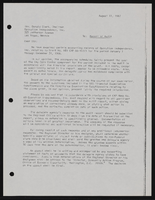
man000628-018
Text
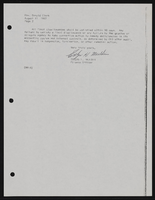
man000628-019
Text
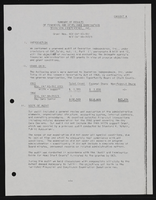
man000628-020
Text
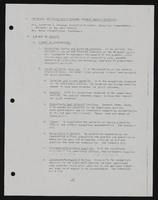
man000628-021
Text
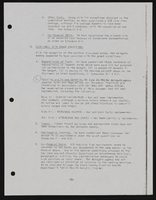
man000628-022
Text
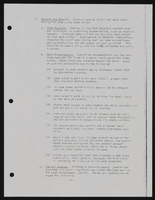
man000628-023
Text
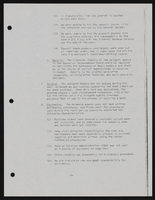
man000628-024
Text

man000628-025
Text

man000628-026
Text
Pagination
Refine my results
Content Type
Creator or Contributor
Subject
Archival Collection
Digital Project
Resource Type
Year
Material Type
Place
Language
Records Classification
